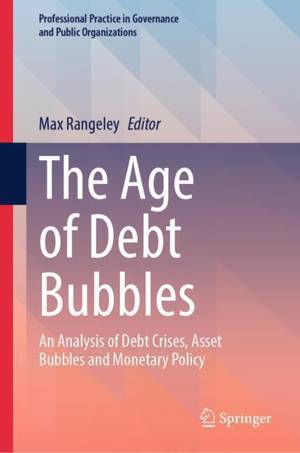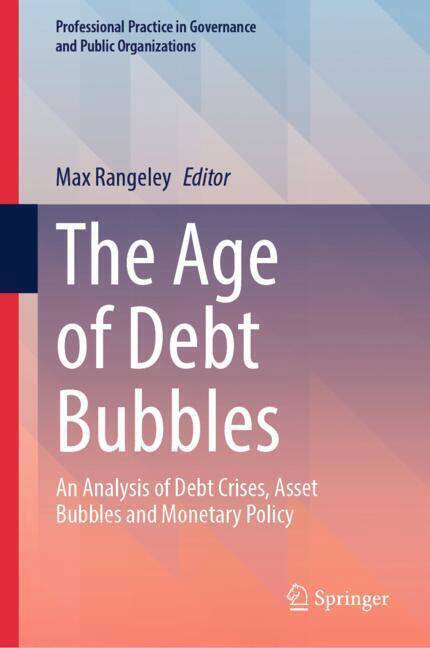
- Afhalen na 1 uur in een winkel met voorraad
- Gratis thuislevering in België vanaf € 30
- Ruim aanbod met 7 miljoen producten
- Afhalen na 1 uur in een winkel met voorraad
- Gratis thuislevering in België vanaf € 30
- Ruim aanbod met 7 miljoen producten
The Age of Debt Bubbles
An Analysis of Debt Crises, Asset Bubbles and Monetary Policy
Omschrijving
This book illustrates how central bank policies such as zero percent interest rates have brought about a $300 trillion global debt bubble. The authors, both academics and policy-makers, offer first-hand insights into the economic and financial market mechanisms that have caused the debt bubbles of the past few decades, as well as the political economy that drives such policy-making.
Written in an accessible style, the book illustrates how central banks responded to recessions by creating successively larger debt bubbles with lower and lower interest rates, thereby distorting the pricing mechanisms of credit markets and bringing about a series of credit expansions beginning in the early 1980s.
This book brings together senior policy-makers from the world of politics and central banking who describe the negative effects of central bank policies of the last generation. The policy-makers include the former manager of the Monetary and Economic Department at the Bank for International Settlements (the central bank of central banks), the Vice President of the Austrian central bank, the former governor of the Spanish central bank and a former senior member of the European Parliament.
The core part of the book is written by experienced economists with academic rigor, with other chapters written by senior policy-makers going through the intricacies of the problems of central banking, and how things might be reformed.
Specificaties
Betrokkenen
- Uitgeverij:
Inhoud
- Aantal bladzijden:
- 144
- Taal:
- Engels
- Reeks:
Eigenschappen
- Productcode (EAN):
- 9783031664724
- Verschijningsdatum:
- 13/09/2024
- Uitvoering:
- Hardcover
- Formaat:
- Genaaid
- Afmetingen:
- 152 mm x 224 mm
- Gewicht:
- 408 g

Alleen bij Standaard Boekhandel
Beoordelingen
We publiceren alleen reviews die voldoen aan de voorwaarden voor reviews. Bekijk onze voorwaarden voor reviews.










